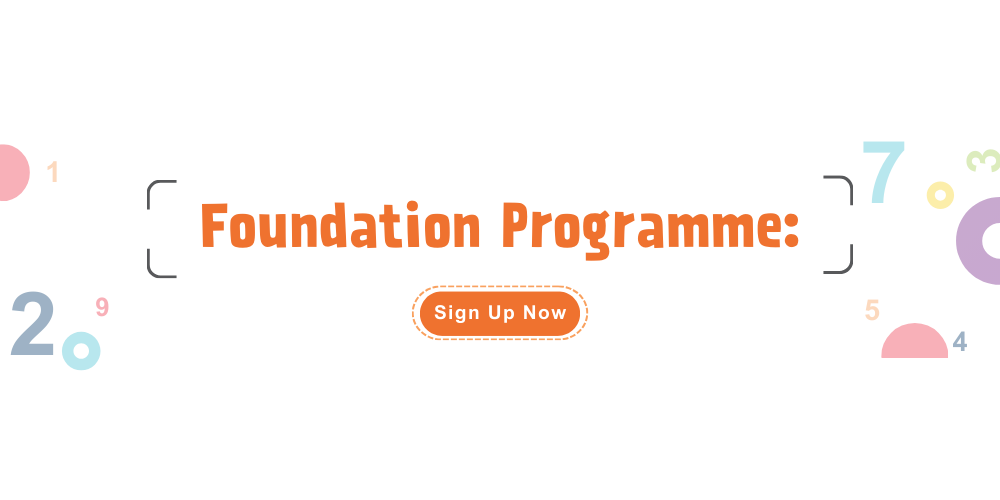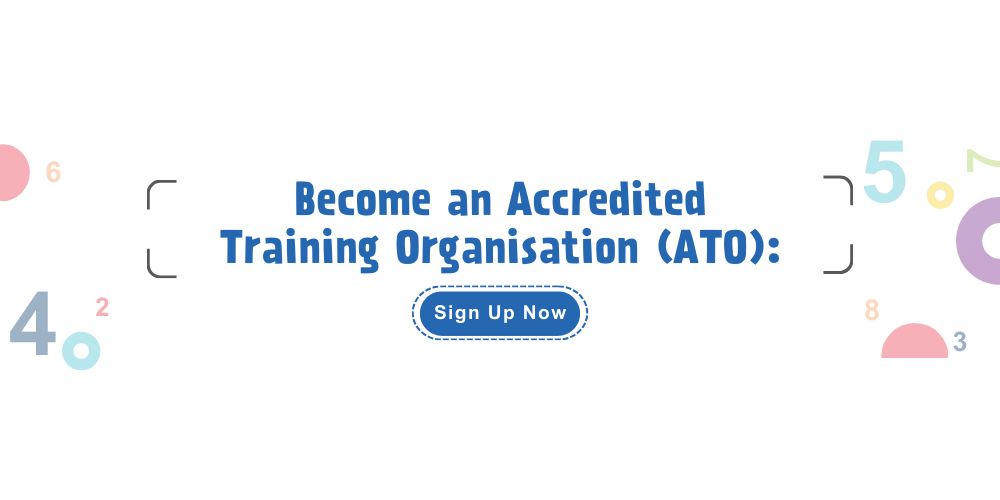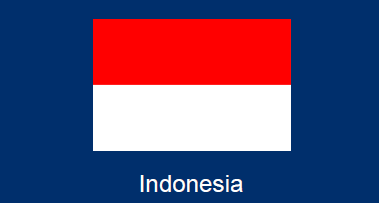Revenue from Contracts with Customers (FRS 115)
On 28 May 2014, the International Accounting Standards Board (IASB) published IFRS 15 Revenue from Contracts with Customers. Singapore’s equivalent, FRS 115 Revenue from Contracts with Customers was issued on 19 November 2014.
FRS 115 is effective for annual periods beginning on or after 1 January 2018. The effective date for FRS 115 coincides with the date for Singapore’s adoption of a set of IFRS-identical financial reporting standards, applicable to all Singapore incorporated companies that has issued, or is in the process of issuing, equity or debt instruments for trading in a public market in Singapore.
In 2018, FRS 115 will replace the following standards and guidance issued by ASC:
- FRS 11 Construction Contracts;
- FRS 18 Revenue;
- INT FRS 31 Revenue - Barter Transactions Involving Advertising Services;
- INT FRS 113 Customer Loyalty Programmes;
- INT FRS 115 Agreements for the Construction of Real Estate and the Accompanying Note; and
- INT FRS 118 Transfers of Assets from Customers.
FRS 115 provides specific requirements on the accounting for costs incurred in obtaining or fulfilling contracts with customers. This is intended to:
- Improve the current practice by providing clearer requirements for the accounting of costs to fulfil contracts with customers;
- Fill the gap arising from the withdrawal of some requirements for contract costs in FRS 11 Construction Contracts; and
- Promote convergence in accounting for contract costs under IFRS and US GAAP.
Under FRS 115, contract costs are to be expensed when incurred, except for the following costs:
a) Costs that qualify as assets under other accounting standards (for example, inventories under FRS 2 Inventories, property, plant and equipment under FRS 16 Property, Plant and Equipment); or
b) Incremental cost to obtain the contract i.e. costs in obtaining a contract which would not been incurred if the contract had not been obtained (for example, legal costs, selling and marketing costs, sales commission, bid and proposal costs) and on the condition that they are expected to be recovered. This is a new cost category introduced in FRS 115; or
c) Costs to fulfil a contract (for example, prepaid costs for future services to be provided for the satisfaction of the performance obligation in a contract), subject to meeting certain criteria as listed in paragraph 95(a) – (c). In short, these are costs that give rise to resources that will be used in satisfying performance obligations in the future and that are expected to be recovered.
An entity shall recognise those contract costs under (b) & (c) as an asset and amortise the asset on a systematic basis that is consistent with the transfer to the customer of the goods or services to which the asset relates. In addition, these assets are subjected to impairment testing at the end of each reporting period [See FRS 115 paragraph 101].
The above requirements may result in changes in the current accounting of costs by entities with long term contracts. Under FRS 11 Construction Contracts, entities with such contracts will generally capitalise the costs (i.e. work-in-progress account in balance sheet) and charge these costs to profit or loss based on stage of completion of the contracts in accordance with FRS 11 paragraph 22.
Under FRS 115, all costs are to be expensed except for those costs as listed in (a)-(c). This will require impacted entities to re-assess and review their existing accounting policies relating to the recording of costs and capitalisation of expenses. Accordingly, subsequent changes to accounting systems, processes and controls may be required in order to comply with the requirements in FRS 115.
Publication Date: 30 December 2016
Written by: Jezz Chew & Lim Ju May, Corporate Reporting & Ethics (CoRE)
FRS 115 paragraph 39 requires the recognition of revenue over time by measuring the progress towards complete satisfaction of that performance obligation. The objective when measuring progress is to depict an entity’s performance in transferring control of goods or services promised to a customer.
FRS 115 paragraph 41 requires the use of appropriate methods of measuring progress, namely input and output methods. FRS 115 paragraph 42 states that when applying a method for measuring progress, an entity shall include or exclude from the measure of progress any goods or services for which the entity does not transfer control to a customer.
When an entity uses an input method to measure the progress or percentage of completion, FRS 115 paragraph B18 states that input methods recognise revenue on the basis of the entity’s efforts or inputs to the satisfaction of a performance obligation relative to the total expected inputs to the satisfaction of that performance obligation. FRS 115 paragraph B19 goes on to state that the entity shall exclude from an input method the effects of any inputs that do not depict the entity’s performance in transferring control of goods or services to the customer. One example whereby an adjustment is required is when a cost incurred is not proportionate to the entity’s progress in satisfying performance obligation.
To meet the objective of depicting the entity’s performance, an entity would need to consider the nature of the promised goods or services and the nature of the entity’s performance. In the case of a property development, one would usually view the sale of land and the development of the property as a single performance obligation. Therefore, the overall promise to customer is the development of the property and the progress towards complete satisfaction of the performance obligation is reflected by the work done in relation to the development of the property. When using a cost-based input method, the cost of the acquisition of the land is not proportionate to the entity’s progress in the development of the property. Accordingly, land cost is excluded from the measure of progress towards complete satisfaction of the performance obligation.
Publication Date: 30 December 2016
Written by: Jezz Chew & Lim Ju May, Corporate Reporting & Ethics (CoRE)
Transaction price is defined as the amount of consideration to which an entity expects to be entitled in exchange for transferring goods or services to a customer. In determining the transaction price, FRS 115 requires an entity to consider the terms of the contract and its customary business practices. In addition, if the consideration promised in a contract includes a variable amount (for instance, discounts rebates, refunds, credits etc), the entity is required to estimate the amount of consideration to which it expects to be entitled. To estimate the total variable contract price, an entity uses either the expected value method or the most likely amount method, depending on which method the entity expects to better predict the amount of consideration to which it will be entitled to.
One might ask “How different are the above requirements in FRS 115 from the existing requirements in FRS 18 or FRS 11?”
The specific requirement to estimate the amount of variable consideration promised in a contract is a change from FRS 18 or FRS 11 whereby variable considerations would generally be recognised as revenue only when it is probable that the revenue will flow to the entity and the amount can be measured reliably (i.e. only as and when they occur or can be measured reliably).
The specific requirement under FRS 115 would require entities to estimate the variable consideration for revenue recognition. One caveat in the determination of variable consideration is the requirement to apply constraint whereby revenue is recognised only to the extent that it is highly probable that a significant reversal in the amount of cumulative revenue recognised will not occur when the uncertainty associated with the variable consideration is subsequently resolved. “Highly probable” is a new threshold and guidance is provided in FRS 115.
In addition, FRS 115 requires the reassessment of the estimated transaction price (including the estimated variable amount) at the end of each reporting period to represent faithfully the circumstances present at the end of the reporting period and the changes in circumstances during the reporting period. Any changes in the transaction price are to be allocated to the various performance obligations in the contract on the same basis as at the inception of the contract.
Significant amount of judgement is required to be exercised in determining the amount of variable amount to be included in the transaction price at both contract inception and at the end of each reporting period. Hence, it is important for entities to understand that this is not merely an accounting exercise but a continuous process that involves everyone from senior management to finance personnel.
Publication Date: 30 December 2016
Written by: Felicia Tay & Lim Ju May, Corporate Reporting & Ethics (CoRE)
For the purpose of FRS 115 transition requirements, the “date of initial application” is the start of the reporting period in which an entity first applies FRS 115 and a “completed contract” as a contract for which the entity has transferred all of the goods or services identified in accordance with FRS 11, FRS 18 and related interpretations.
FRS 115 allows the adoption of either one of the two following methods for transition to FRS 115:
1) Full retrospective application:
- Apply FRS 115 retrospectively to each prior reporting period in accordance with FRS 8 Accounting Policies, Changes in Accounting Estimates and Errors, subject to the expedients listed in FRS 115 Appendix C paragraph C5 (a) – (d).
- Adjustment is to be made at the start of the earliest comparative period presented i.e. as at 1 January 2017 for financial statements for annual periods ended 31 December 2018.
2) Retrospective application with the cumulative effect recognised in the current period (‘Cumulative catch-up’ method):
- Recognise the cumulative effect of initially applying FRS 115 as an adjustment to the opening balance of retained earnings as at the date of initial application.
- Adjustment is at the date of initial application i.e. as at 1 January 2018 for financial statements for annual periods ended 31 December 2018.
- No restatement of prior period comparative information.
- May elect to apply FRS 115 retrospectively only to contracts that are not completed at the date of initial application.
Interaction of IFRS 1 with IFRS 15 Revenue from Contracts with Customers
Singapore-incorporated companies listed on Singapore Exchange (‘SG listed companies’) will apply a new IFRS-identical financial reporting framework for annual periods beginning on or after 1 January 2018. This coincides with IFRS 15’s effective date of 1 January 2018 and SG listed companies will be required to apply IFRS 1 First-time Adoption of Financial Reporting Standards together with IFRS 15 in 2018.
IFRS 1 First-time Adoption of Financial Reporting Standards paragraph 9 states that the transitional provisions in other IFRSs do not apply to a first-time adopter’s transition to IFRSs, except as specified in Appendices B-E.
SG listed companies that do not early adopt IFRS 15 and apply IFRS 1 in 2018 would not be able to apply the ‘cumulative catch-up’ transition method. In addition, these companies do not have the choice of applying FRS 115 only to uncompleted contracts at the date of initial application i.e. 1 January 2018. Therefore, only the full retrospective transition method is to be adopted in 2018 with the following provisions in IFRS 1 Paragraphs D34 & D35:
- All the practical expedients listed for the retrospective method are allowed for a first-time adopter’s financial statements; and
- No restatement of contracts that were completed before the earliest period presented, i.e. 1 January 2017.
Publication Date: 30 December 2016
Written by: Jezz Chew & Lim Ju May, Corporate Reporting & Ethics (CoRE)
Note:
|
One of the criteria for the recognition of an asset from costs incurred to fulfil a contract is that the costs generate or enhance resources of the entity that will be used in satisfying (or in continuing to satisfy) performance obligations in the future (FRS 115.95(b)).
BC308 states that only costs that give rise to resources that will be used in satisfying performance obligations in the future and that are expected to be recovered are eligible for recognition as assets. This ensures that only costs that meet the definition of an asset are recognised and that an entity is precluded from deferring costs merely to normalise profit margins throughout a contract by allocating revenue and costs evenly over the life of the contract.
Paragraph 98(c) of FRS 115 states that an entity shall recognise costs that relate to satisfied performance obligations (or partially satisfied performance obligations) in the contract (ie costs that relate to past performance) as expenses when incurred.
Hence, based on the above, other than inventories of unused building materials, it would appear that most of the costs incurred for construction where the performance obligation is satisfied over time would be expensed when incurred.
However, if the single performance obligation of constructing the building is only satisfied at a point in time (ie upon completion of the building), the costs incurred for the construction of the building give rise to a resource for satisfying the future performance obligation. Accordingly, these costs will be capitalised as work-in-progress until the performance obligation is satisfied.
Will the method used in measuring progress towards complete satisfaction of a performance obligation affect the consideration of whether contract costs could be capitalised or expensed?
Paragraph 41 of FRS 115 states that the appropriate methods of measuring progress include output methods and input methods. Paragraphs B14 to B19 provide guidance for using output methods and input methods to measure an entity’s progress towards complete satisfaction of a performance obligation. In determining the appropriate method for measuring progress, an entity shall consider the nature of the good or service that the entity promised to transfer to the customer.
It should be noted that the decision of whether the “costs incurred for construction” can be capitalised to work-in-progress or expensed when incurred is not affected by whether the entity applies the input method or output method.
Consider the following illustration:
The reporting entity has been contracted to build a house for a customer. The construction takes 2 years to complete. This contract is a single performance obligation satisfied over time in accordance with paragraph 35(c) of FRS 115.
- Total contract price: $5,000k
- Total budgeted contract costs: $4,000k
- Overall contract margin: 20%
Year 1
Year 1 Actual cost ($’k) |
Cost to complete ($’k) |
Total budgeted cost ($’k) | |
Construction costs | 1,400 | 2,600 | 4,000 |
Appropriate measure of progress | Input method[1] | Output method[2] |
Percentage of completion |
Costs incurred / Total budgeted costs
= $1,400k / $4,000k = 35% |
Value of goods transferred to customer / Value of goods promised
= $1,500k / $5,000k = 30% |
Revenue | $1,750k (35% x $5,000k) | $1,500k (30% x $5,000k) |
Construction cost expensed | $1,400k | $1,400k |
Contract margin | $350k (20%) | $100k (6.7%) |
Year 2
Assumptions:
- The house is fully constructed, and control of the house is transferred to the customer
- There are no cost overruns and no additional revenue to be recognised
Year 1 Actual cost ($’k) | Year 2 Actual cost ($’k) |
Total cost ($’k) | |
Construction costs | 1,400 | 2,600 | 4,000 |
Appropriate measure of progress | Input method | Output method |
Percentage of completion | 100% (65% completed in Year 2) | 100% (70% completed in Year 2) |
Revenue | $3,250k (65% x $5,000k) | $3,500k (70% x $5,000k) |
Construction cost expensed | $2,600k | $2,600k |
Contract margin | $650k (20%) | $900k (25.7%) |
From the above illustration, it should be noted that because the construction cost is expensed when incurred under both input and output methods, the output method will result in fluctuating periodic margins. Under the input method, the periodic margins in Year 1 and Year 2 stay constant at 20%, reflecting the entire project’s contract margin. However, under the output method, the Year 1 periodic margin is 6.7% and the Year 2 periodic margin is 25.7%.
It should also be noted that under both input method and output method, the same amount of cost incurred is charged to the income statement. However in Year 1, the percentage of completion for revenue recognition under the input method is 35% versus the output method of 30%.
[1] Input method recognises revenue on the basis of the entity’s efforts or inputs to the satisfaction of a performance obligation (for example, resources consumed, labour hours expended, costs incurred, time elapsed or machine hours used) relative to the total expected inputs to the satisfaction of that performance obligation. [FRS 115, paragraph B18]
[2] Output method recognises revenue on the basis of direct measurements of the value to the customer of the goods or services transferred to date relative to the remaining total value of the goods or services promised under the contract. Output methods include methods such as surveys of performance completed to date, appraisals of results achieved, milestones reached, time elapsed and units produced or units delivered. [paraphrased from FRS 115, paragraph B15]
Publication Date: 23 November 2018
Revised Date: 4 July 2019
Written by: Felicia Tay & Lim Ju May, Corporate Reporting and Ethics (CoRE)





.png?sfvrsn=dd675fd5_2)
.jpg?sfvrsn=d4038e84_0)

-(1).png?sfvrsn=db949de5_0)
-(5).png?sfvrsn=3162fbc9_0)

/business-management-global-connection/istock-1167579720-c.jpg?sfvrsn=ff93f9a5_2)
/audit-assurance/istock-1169206203-c.jpg?sfvrsn=1d6f9b25_2)

/professionals/istock-845530100-c.jpg?sfvrsn=46efdedd_2)
/ethics-and-professionalism/istock-1141115724-c.jpg?sfvrsn=4e54d691_2)

/business-management-global-connection/istock-1079974636-c.jpg?sfvrsn=e9fea23b_2)




.png?sfvrsn=905ee1bd_0)
/legal-secretarial/istock-866706340-c.jpg?sfvrsn=d7f57b8c_2)